|
We are currently out of cute bunny pics, so let me use this high-speed (5400 fps) recording of a sparkler to wish all readers and colleagues a Happy Easter!
0 Comments
Another high speed recording: methylene blue colored water droplets falling into a Petri dish. Members of our group enjoy science so much that they even play with the instruments in their spare time. Here is a high-speed recording of the ignition of a butane lighter for your viewing pleasure. Enjoy! The last major equipment for the liquid/solid interaction study has arrived: a Sartorius Cubis MSU225S-000-DU model, with 0.01 mg readability, 220 g weighing capacity, internal, isoCAL adjustment, high-resolution black and white, 5.7”, graphic display and RS-232 25-pin interface. The balance is capable to record the weight variation for relatively high speed processes and transmit the data to a computer. Combined with other methods we hope to elucidate the basis of solvent evaporation phenomena from porous nanomaterial assemblies. Blog entry written by Dr. Erzsébet-Sára Bogya.
I'm happy to report the next major improvement in our research infrastructure: the new Shimadzu 2010 GCMS system was installed earlier this week. This chromatography station will enable us to do state-of-the-art liquid and gas analysis in the Lendület project. Moreover, it will help us attract important additional funding which is a core requirement in the Lendület contract. All in all, I'm very happy about this instrument. I hope that it will see a LOT of daily use and produce nice results for us.
The FLIR thermal imaging system works beautifully. The first test images were made yesterday. Check out the visible and infrared image pair of a WD MyBook external backup hard drive. We can shoot infrared videos as well. The following video shows the heating and subsequent cooling of a zirconia chip equipped with a Pt heater. The point resolution (that is, the lateral resolution of independent temperature readings) was approx. 50 micrometers. The video plays at x4 speed. Major good news: today we received the brand new FLIR A655sc thermal imaging system with the extra close-up lens. I am very excited about the possibilities this instrument opens up for our group. Expect some nice thermal images and movies from us this Spring!
The past two weeks were not loaded with high profile spectacular results, nevertheless, we've been working and will submit a new manuscript by the end of April. The most important news here is certainly the end of the long, nasty, cold winter. Spring is here, the Sun shines warmly and this will hopefully raise everyone's spirits and boost creativity. Well, it certainly works with bees.... The instrument purchases are progressing slowly but steadily. Our new GC-MS system should arrive within 3 weeks and the cameras will follow later in May. The new mass flow controllers are already in the lab and the Fluctuation Enhanced Sensing data acquisition unit is being tested now by our physicist friends. All in all, I hope to have all systems up and running by the end of the first project year.
Activities of this week were not very spectacular but they are supposed to help the future progress of our group a lot:
New BSC and MSC students have joined our group for their thesis research. We welcome them all and have high hopes for achieving publication quality results with them.
Last but not least, I was invited to give a talk at the ASME 2013 Congress in November 2013 in San Diego. Many factors will determine if I will be able to actually attend or not, but it is certainly a very nice move from the symposium organizers, thank you Robert! As usual, I got more adsorbed in the daily administrative routine than I wanted to, and therefore, the proceedings papers are not submitted yet :(
Nevertheless, there are good news related to our research group that I am happy to report here:
|
AuthorÁkos Kukovecz is associate professor of chemistry and Head of the MTA-SZTE Lendület Porous Nanocomposites Research Group. He works at Szeged, Hungary. Archives
July 2017
Categories
All
|
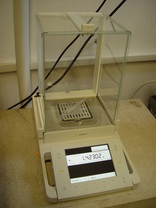
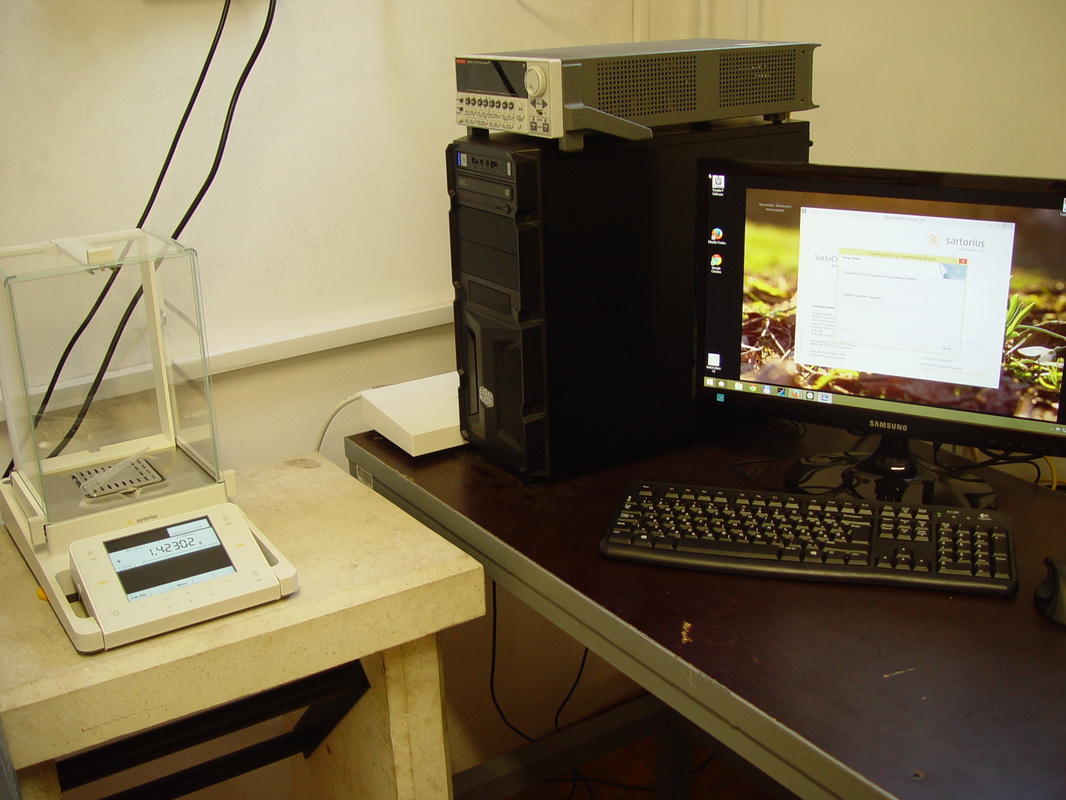
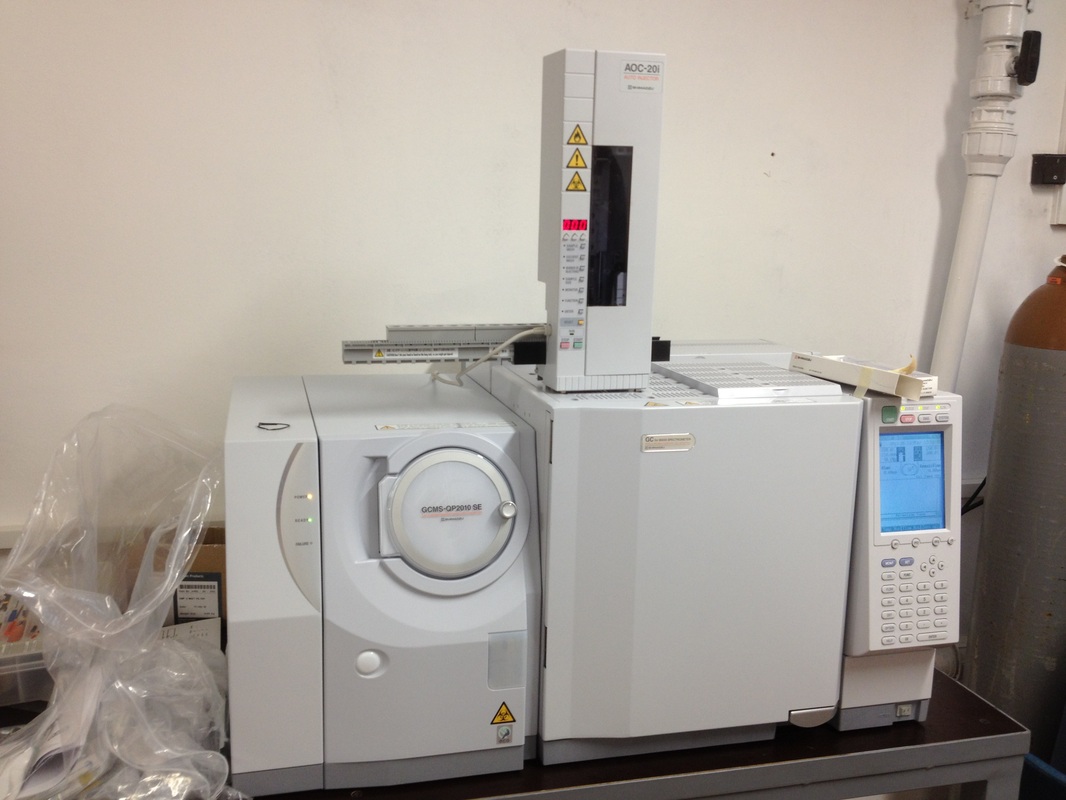
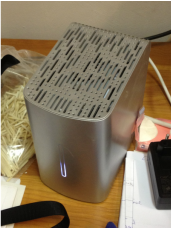
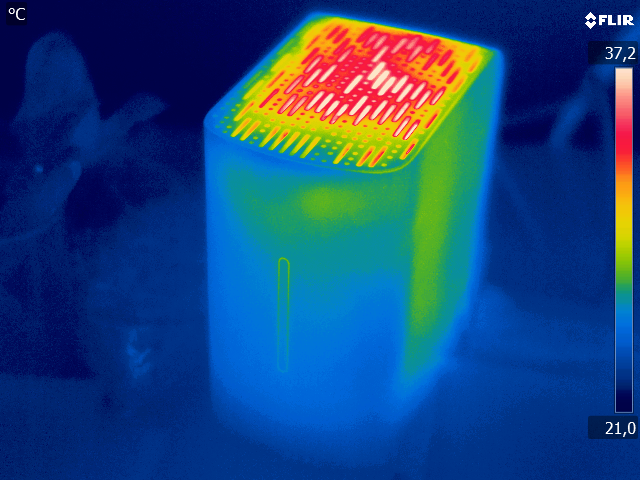
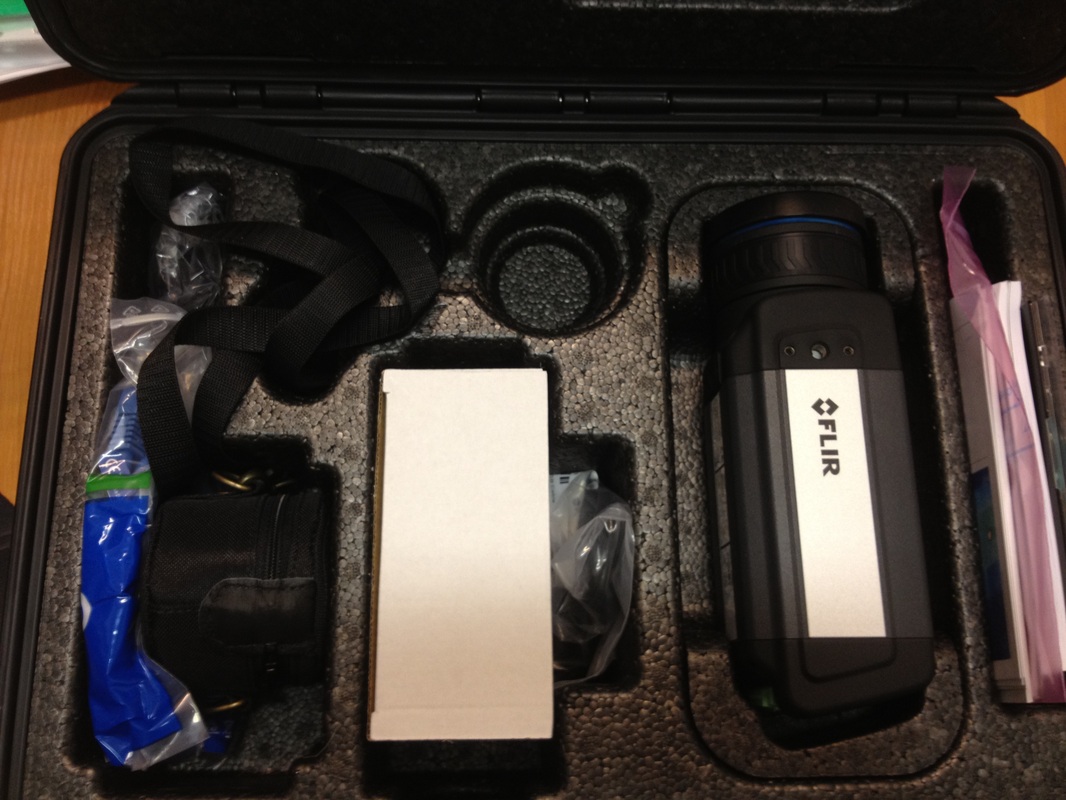


 RSS Feed
RSS Feed
